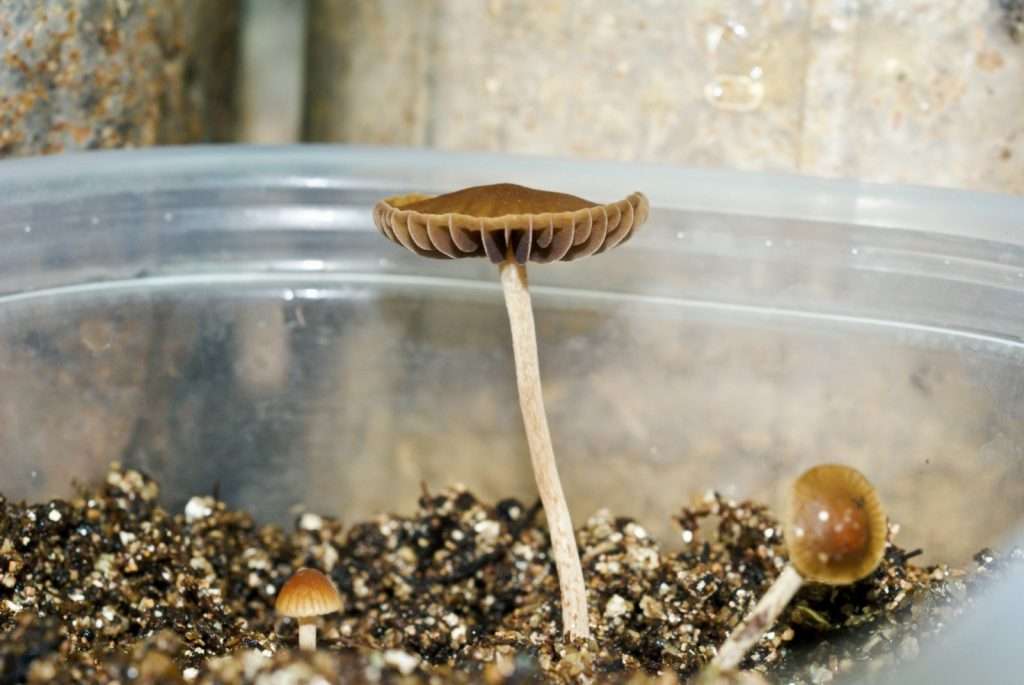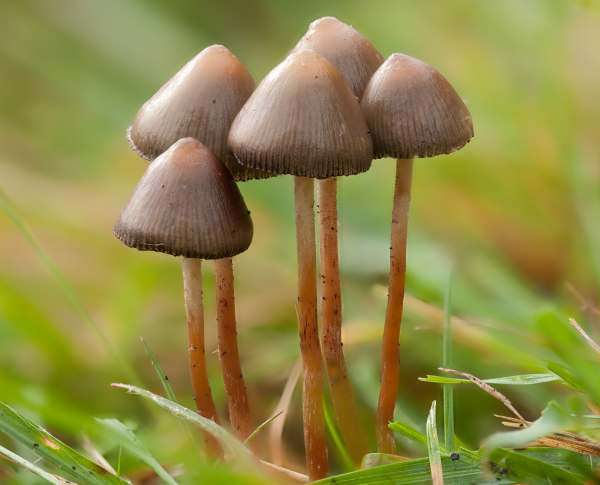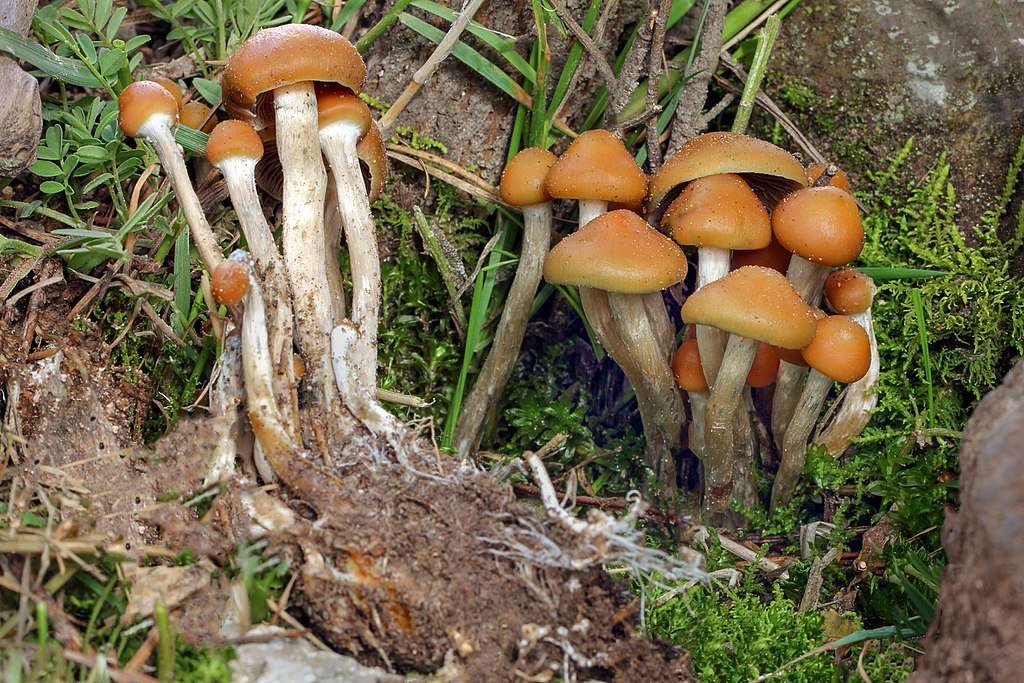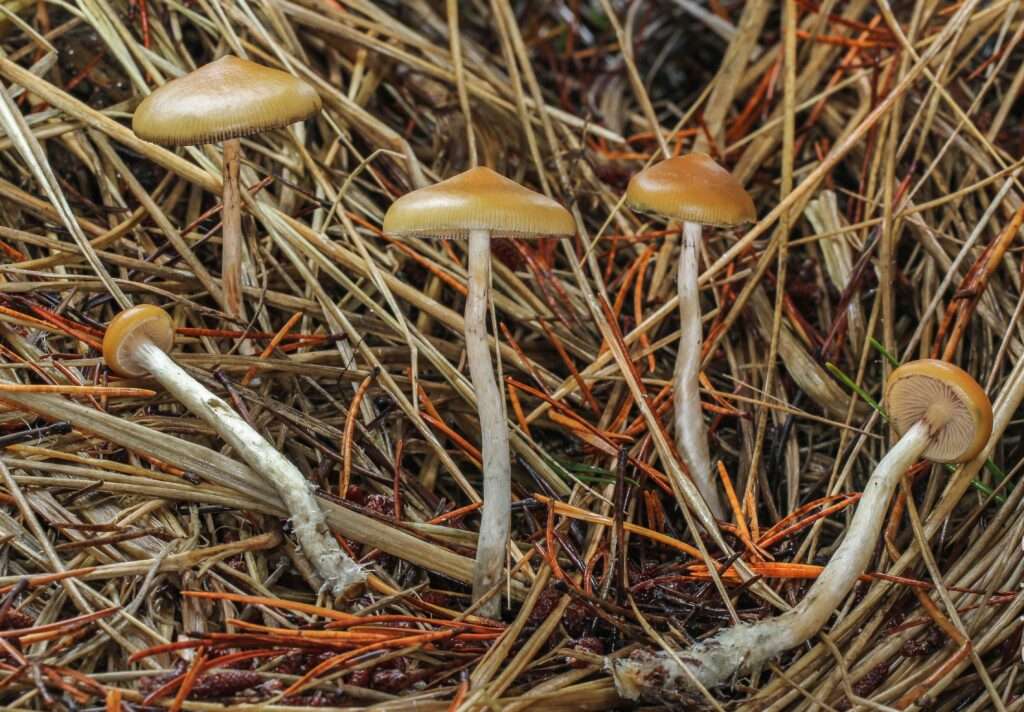
Scientific name
Psilocybe samuiensis
Description
The cap normally has a diameter between 7 and 15 mm, is virtually hemispheric to conical in shape, and is umbonate with a little papilla. When damp, it has a reddish-brown tint, but when it dries out, it turns lighter brown. The stipe is equal to or somewhat bulbous, measuring 4.0–6.5 cm high. White fibrils are seen on the hollow, pale stipe. Its color is same as the cap and stains blue when damaged. Both the aroma and flavor have a little grain meal flavor.

Habitat
It was identified in soils including sand and clay mixtures west of the town of Ban Hua Thanon on the Thai island of Koh Samui. Ever since, it has been confirmed by Gaston Guzman to exist in Ranong Province in Thailand, as well as in Angkor Wat in Siem Riap, Cambodia. It bears fruit from July to August and grows in rice fields in an irregular to the gregarious manner, never directly on manure.
Uses/Importance
In research, the concentrations of psilocybin and psilocin varied from 0.023 to 0.90% and 0.05 to 0.81%, respectively. Additionally, baeocystin was found at concentrations of 0.01 to 0.5%. Many regard P. samuiensis to be of moderate to high potency since it is noticeably stronger and more efficient. According to renowned mycologist Jochen Gartz, Thai mushrooms are identified to display full impact including “intensely visual experiences” owing to the greater quantities of trippy or psychoactive substances. The pleasure brought on by this Thai delicacy is thought to be a result of the interaction between psilocybin, high levels of psilocin, and low levels of baeocystin. It has been linked to advantages against depression, anxiety, and stress.
Table





